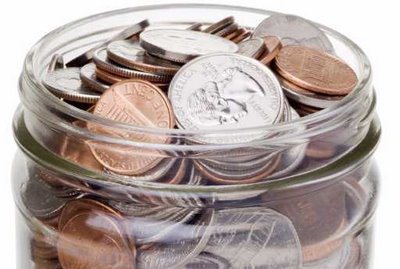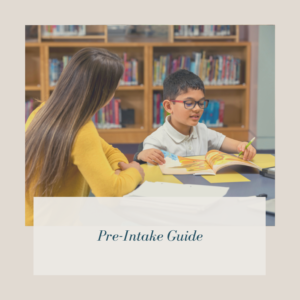No products in the cart.

Written by Megan Jensen
Parents frequently ask me what they can do to help their children develop math skills. Children have an inherent interest in handling money. Giving them opportunities to assist in making payments and counting out change will develop a better sense of decimals and improve their mental math calculations. Here are a few ideas of how to highlight and enhance those moments to develop skills.
Younger children can use coins of the same value to practice skip counting. Start with dimes, then move to nickels and quarters. Once they have mastered counting up (e.g. 25, 50, 75, 100, 125…) have them count backwards (eg. 125, 100, 75, 50, 25, 0). Have your child manage your coin purse and provide the correct amount of change to pay for a purchase. They can work on finding specific amounts or estimating what would be the closest amount needed to cover the cost.
Counting out a random amount of change is great practice in grouping. When there is a long list of numbers to add, we naturally group items together into chunks that are easier to add. Coins provide a natural way to practice this skill. Give your child a handful of change (or have the cashier hand it to them) and let them count it out. Look to see how they group coins. If they are struggling, suggest they start with quarters then move to dimes, nickels, and lastly pennies. If they use a different (or more arduous) method, show them how you would have counted it out. As long as you get to the same amount there is no “wrong” answer, but some ways are much more efficient.
Older students should be able to help you with other payment shortcuts. They should be able to predict the amount of change based on the charge, and can then check the receipt to see if they were correct. Have them determine what would be the best amount of money to give a cashier to minimize the coins returned (e.g. If a bill is $4.57, by paying with $5 and 1 nickel and 2 pennies, you would get back 2 quarters instead of 43¢ in change).
By middle school, students should be able to quickly assess simple percentages in their head. Have your child estimate the tip on a restaurant bill or calculate the savings of an sale item. Finding 10% of any amount is very simple since you only need to move the decimal over one place (e.g. 10% of $15. 40 would be $1.54 or approximately $1.50). Using this as a benchmark, students can double the amount to determine what 20% of a bill is (e.g. 20% of $15. 40 would be approximately $3). Once they are able to do this consistently they can estimate 15% of a bill by finding 10% (e.g. $1.50) and 5% (e.g. 75¢) and adding the two together (e.g. $1.50 + 75¢= $2.25).





No comment yet, add your voice below!